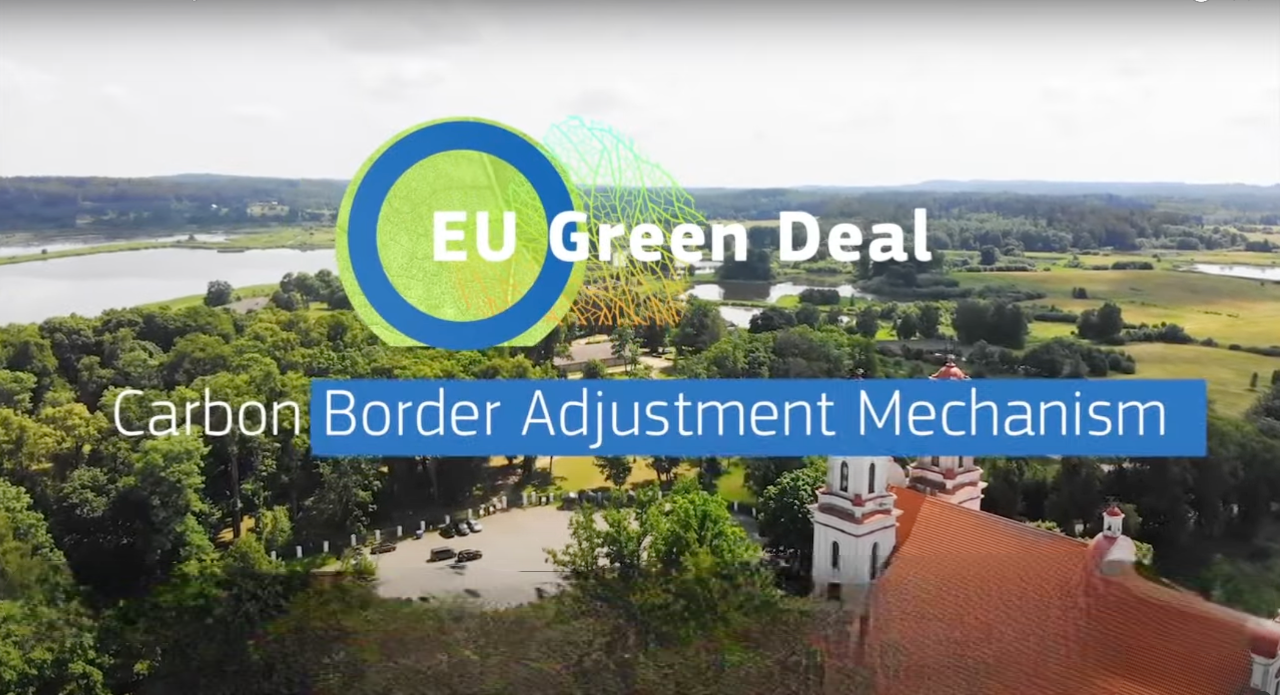Scheduled to be gradually rolled out from October 1, 2023, CBAM is a European regulation designed to address carbon emissions linked to the production of specific goods imported into the EU. In this article, we will dive into the intricacies of CBAM, its implications for businesses, and the crucial role played by Cenex NL in supporting industries through this transition.
The EU Carbon Border Adjustment Mechanism (CBAM) is a pivotal instrument for carbon emissions associated with the production of carbon-intensive goods entering the EU. It serves a dual purpose, promoting cleaner industrial practices outside the EU and safeguarding businesses from carbon leakage. CBAM plays a critical role in realizing the EU’s Green Deal and meeting its climate targets.
The pricing structure of CBAM is based on the carbon emissions associated with the production process outside the EU. The overarching goal of CBAM is to mitigate carbon leakage, thereby reducing global carbon emissions. By encouraging emission reductions, it promotes cleaner industrial practices worldwide.
The rationale behind CBAM
CBAM is an integral part of the EU’s Green Deal and is aiming to reduce greenhouse gas emissions by at least 55% by 2030. It seeks to address the existing EU emissions trading system, where EU-based manufacturers are required to purchase emission allowances for the carbon emissions tied to their products.
Phases of CBAM implementation
- Transitional Phase (October 1, 2023, to December 31, 2025): During this period, importers are required to adhere to the reporting obligation for CBAM goods. Quarterly reports on the imported quantity of CBAM goods and associated CO2 emissions during their production must be submitted to the European Commission.
- Full Implementation (Starting from January 1, 2026): After this date, importers intending to import CBAM goods must be designated as CBAM declarants. To secure this designation, applications must be submitted to the competent authority in the importing country. Importers must also purchase CO2 certificates to offset emissions produced during the manufacturing of the imported CBAM goods, with one certificate equivalent to one ton of CO2.
Who Does CBAM Apply To?
CBAM is relevant for importers of CBAM-covered goods. These goods encompass a wide range of categories that are also subject to the EU’s Emissions Trading System (ETS), such as cement, iron and steel, aluminium, fertilisers, electricity and hydrogen. CBAM will impact industries across many sectors. For a detailed list of goods, you can refer to the Taxation and Customs Union of the European Union.
In the automotive sector, for example, steel and aluminum are two of the most important materials used. Steel is used in a wide range of automotive components, including the chassis, body panels, engine, and transmission. Aluminum is increasingly being used in automotive components due to its lighter weight and higher strength-to-weight ratio.
While the use of steel and aluminum in the automotive sector is a complex and evolving topic, it is clear that the implementation of CBAM will play an important role in the production of vehicles in the coming years.
What does CBAM mean for businesses?
Initially, CBAM will apply to imports of specific goods and precursors characterized by carbon-intensive production and a heightened risk of carbon leakage. Importers of these goods must report their carbon footprint and purchase CBAM certificates to offset embedded emissions. The price of CBAM certificates will be linked to the carbon price in the EU Emissions Trading System (EU ETS).
How can Cenex NL help?
Cenex NL can assist businesses with Life Cycle Assessments (LCAs), a comprehensive tool for evaluating a product’s environmental impact throughout its lifecycle, from raw material extraction to end-of-life disposal. Businesses can turn to Cenex NL to calculate the carbon footprint of their products and formulate strategies for emission reduction. This will allow businesses to pinpoint areas within their supply chain where CO2 emissions are most pronounced, empowering them to devise strategies for reducing their products’ carbon footprint.
A New Era of Climate Responsibility
This landmark regulation brings both challenges and opportunities. Beyond the automotive industry, CBAM will impact several other sectors, which are urged to proactively initiate their preparations for CBAM’s arrival. The evolving landscape of climate policy shows the necessity for businesses to monitor these developments and cultivate strategies for compliance, towards a future of sustainability and environmental responsibility.
With an experienced team of LCA experts, Cenex NL is committed to supporting the EU in achieving its climate goals.





